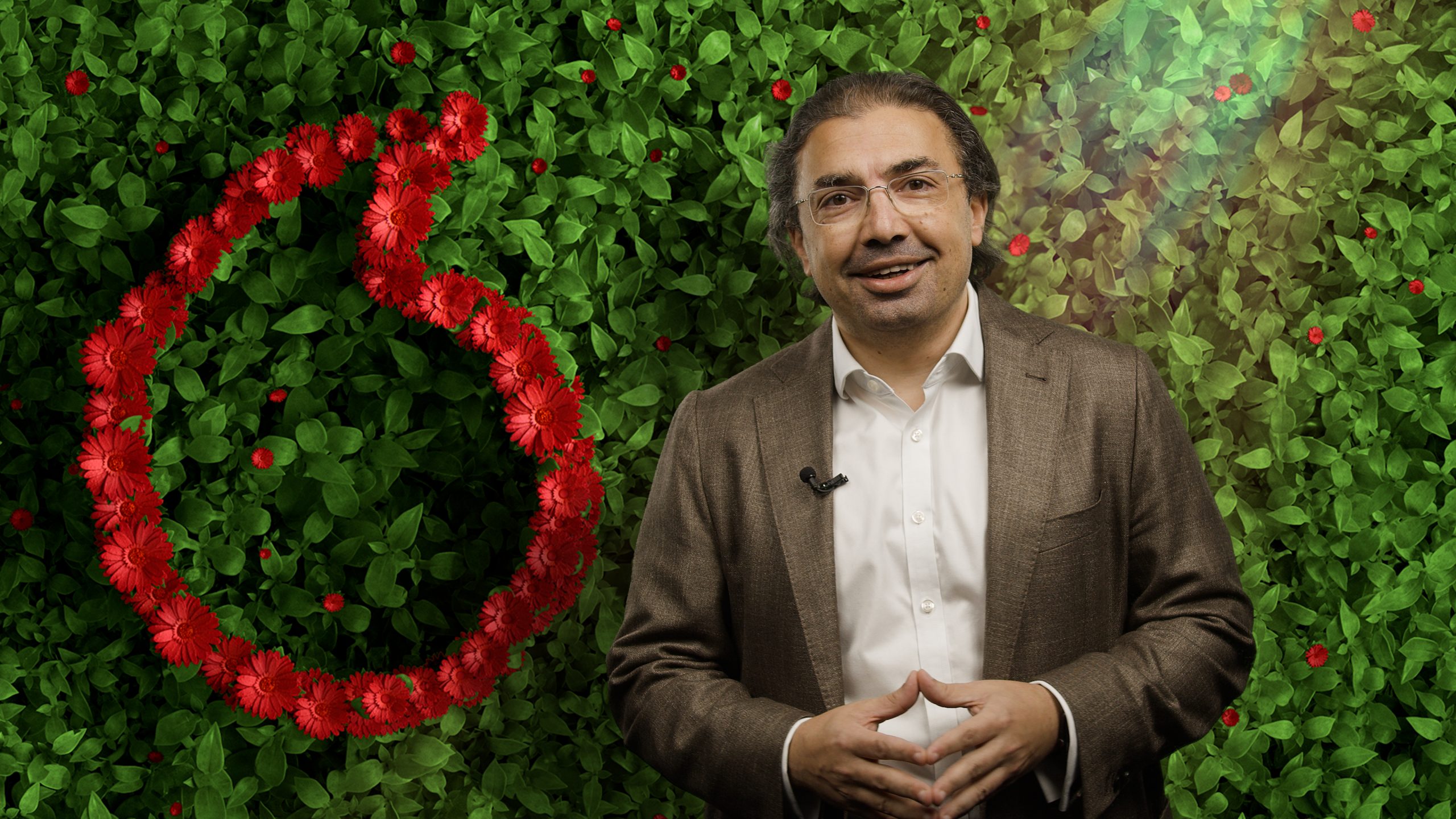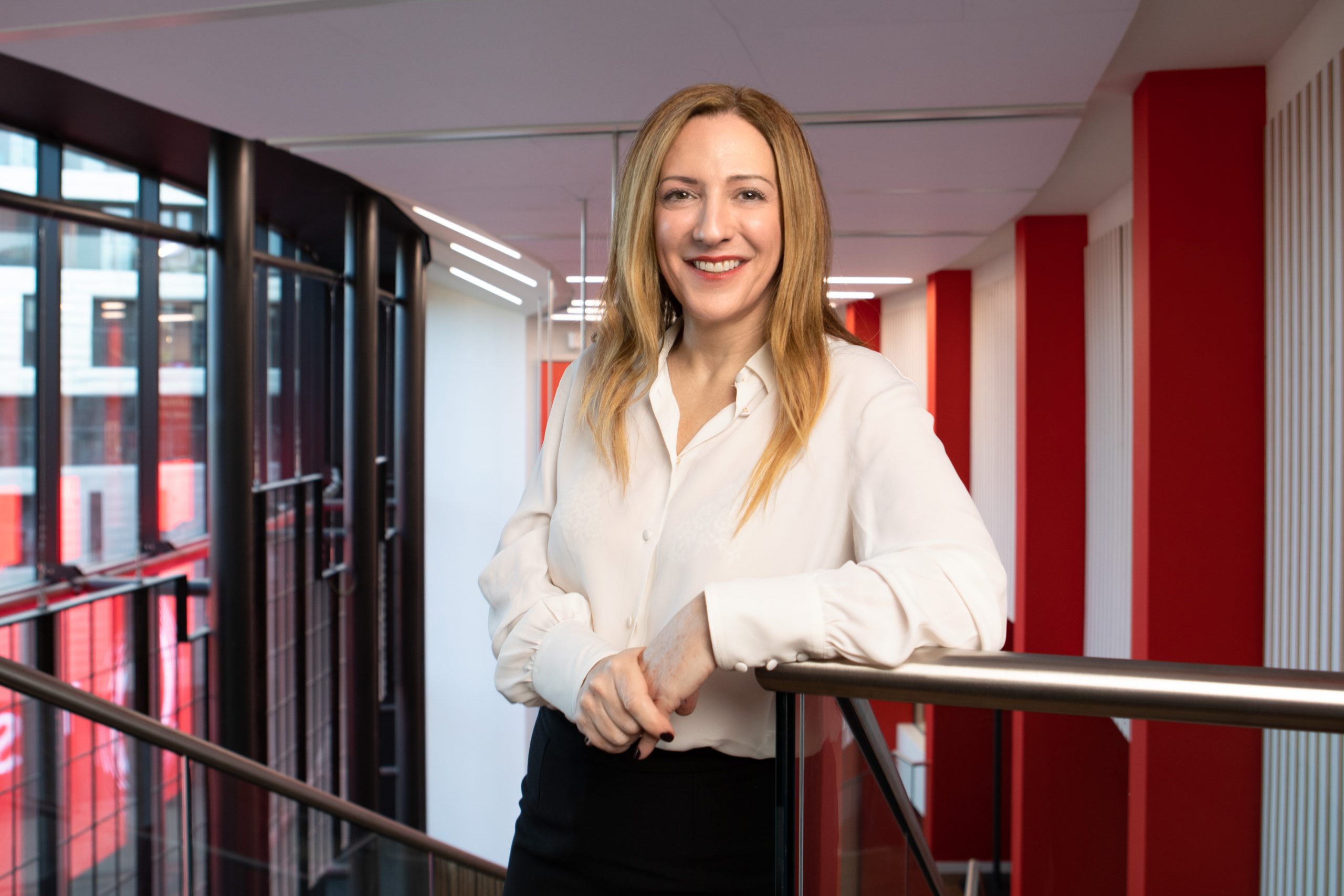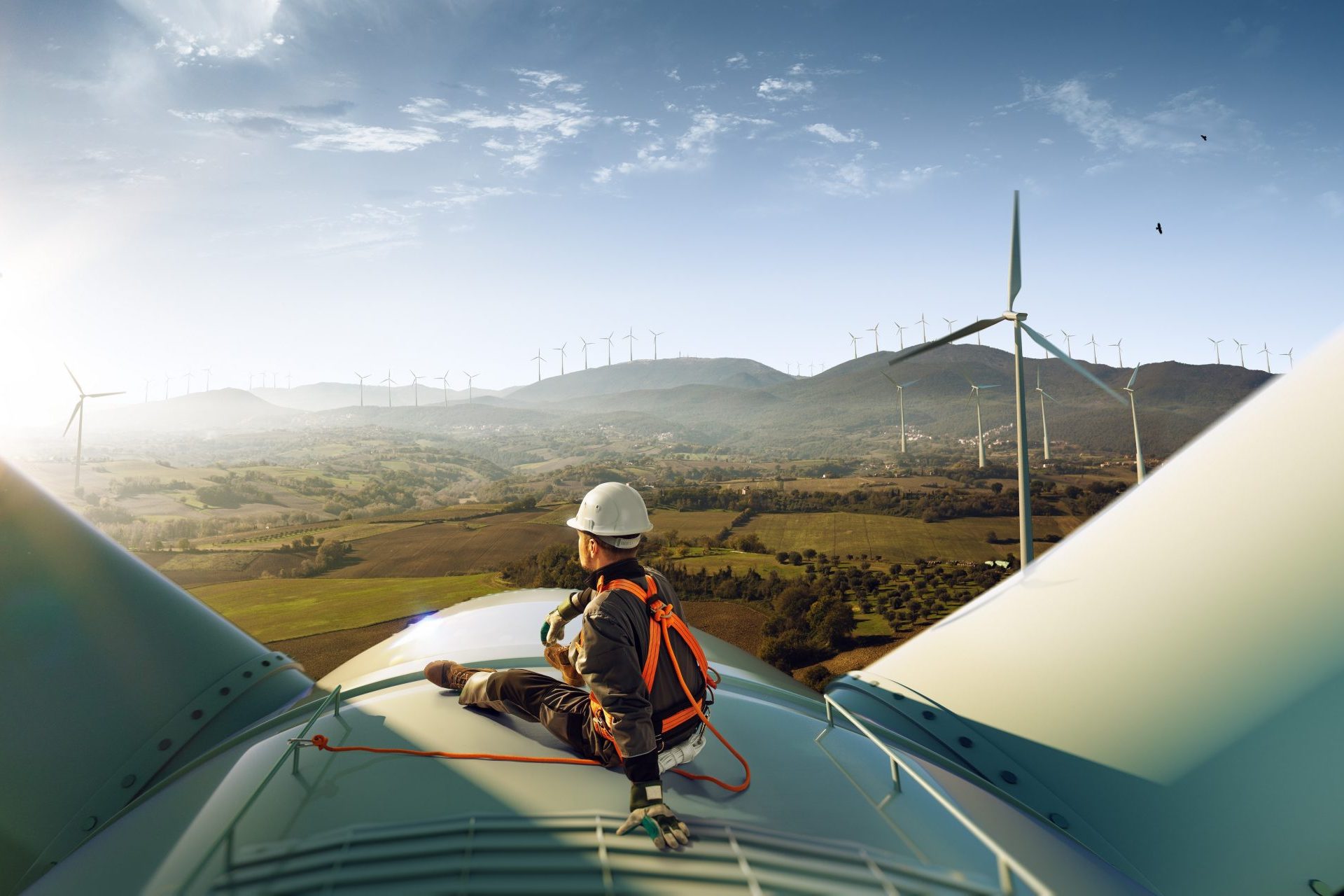While there are no singular silver bullets in the fight against climate change, 5G has the power to help cut power usage and carbon footprints in crucial areas of our economy, as Vodafone UK CEO Ahmed Essam explains.
The stakes facing our world, and everyone on it, have never been higher. In the words of UN Secretary General António Guterres, the world has entered an ‘era of global boiling’ due to the undeniable effects of climate change. This challenge to our way of life may seem insurmountable. But there is cause to be hopeful. We know what we must do – transition to renewable energy and cut our carbon footprints. 5G is one of the many tools that can help us do both.
5G offers reliable connections, fast speeds and lower latency – solid foundations that are key to its usefulness here. Specifically, 5G Standalone can connect vast numbers of sensors, automated machines and other infrastructure together, a tool that would be invaluable in making industries like power generation and food production more efficient for our planet.
5G Ultra: Everything you need to know
5G Ultra is Vodafone's name for 5G Standalone services in the UK - the next iteration of 5G. Here's what it can do for you and how you can get it.
Power generation and food production may seem unrelated. But, aside from being vital to everybody’s lives, they have another crucial factor in common: they can be difficult to decarbonise. By facilitating remote control of operations and logistics that would otherwise be laborious and time-consuming to carry out, 5G can help realise energy and carbon savings in the process.
In the world of farming and food production, 5G has a role to play in every step of the value chain from field to fork. 5G-connected drones and sensors can monitor soil and crop conditions to help maximise yields and significantly reduce wastage produced on farms.
Once food reaches processing and production lines, connected sensors on machinery and AR headsets can help speed up maintenance and repair, trimming electricity consumption and food waste. And then finally, when pallets of food are out on the road for delivery, C-V2X technology can help prevent delivery vehicles from idling with fuel-efficient delivery routes, cutting emissions even further.
New research reveals 5G technologies could help create a greener ‘farm-to-fork’ journey, saving enough emissions as removing 78,000 delivery trucks from UK roads
If 5G technologies were applied across the food and drink supply chain, they could save 37 million tonnes of CO2e equivalent emissions between 2024 and 2035. That’s the same as removing 78,000 delivery trucks from UK roads.
Of course, farming and food production depends on energy and the UK currently generates most of its renewable energy from wind farms. There’s much that can be done to maximise their output.
For example, individual turbines in most wind farms can’t be placed too closely together as the wake from one turbine’s rotation can affect the performance of other, nearby turbines. 5G-controlled drones can monitor the position and rotation of each turbine, relaying this information back to the control room which can then optimise the angle of each one. This method, called wake steering, would allow the turbines to be placed closer together. With more turbines, comes greater energy production.
Those 5G-connected drones can also be used for easier maintenance and repair, while connected sensors can be used for monitoring and maintenance of the wider electricity grid itself.
Transforming wind farms with 5G could help generate enough additional clean energy to heat 2.4 million UK homes, enough to heat every home in Scotland
This would be equivalent to removing 700,000 petrol cars from the UK's roads by 2035.
All of this might sound incremental and piecemeal, but it can all add up as the latest research shows. 5G can help UK farming and food production cut their carbon emissions by 6% and 11%, respectively, by 2035. With the aid of 5G, the UK could generate enough additional power by 2035 to heat the equivalent of 2.4 million homes.
To make this future a reality, the UK needs a countrywide 5G SA network. Vodafone UK has a plan to do just that – by merging with Three UK, we will have the scale necessary to invest in such an ambitious, far-reaching rollout. If it comes to fruition, the merged company would be able to invest £11bn to deliver 5G SA across 95% of the UK’s populated areas.
Driving net zero and addressing climate change is a complex problem, and one that needs many plans of attack, all working together. By utilising technology like 5G SA we can drive tangible progress and change. By working together, we have a fighting chance to forge a better future for us all.
Stay up-to-date with the very latest news from Vodafone by following us on Twitter and LinkedIn and signing up for News Centre website notifications.
Merger of Vodafone UK and Three UK to create one of Europe's leading 5G networks
Vodafone Group and CH Hutchison Group Telecom Holdings Ltd., owner of Three UK, have agreed to combine their UK businesses.

![Nicki-Lead_image[OPTIMISED]](https://www.vodafone.co.uk/newscentre/app/uploads/2023/10/Nicki-Lead_imageOPTIMISED.jpg)

![White smartphone with screen from green leaves[Adobe Stock]](https://www.vodafone.co.uk/newscentre/app/uploads/2024/04/White-smartphone-with-screen-from-green-leavesAdobe-Stock.jpg)

![Falling Dripping Water Drop[Adobe Stock] Falling Dripping Water Drop[Adobe Stock]](https://www.vodafone.co.uk/newscentre/app/uploads/2024/04/Falling-Dripping-Water-DropAdobe-Stock.jpg)
![1-happy woman with cleaning agent and phone[Adobe Stock] stock image of a woman using a smartphone while wearing rubber kitchen gloves and holding a spray bottle](https://www.vodafone.co.uk/newscentre/app/uploads/2024/04/1-happy-woman-with-cleaning-agent-and-phoneAdobe-Stock.jpg)

![Young Woman Cooking in the kitchen edited [Adobe Stock] stock image of a woman preparing vegetables in a kitchen](https://www.vodafone.co.uk/newscentre/app/uploads/2023/12/Young-Woman-Cooking-in-the-kitchen-edited-Adobe-Stock.jpg)
![Smart farm, agriculture concept, farmer use data augmented mixed virtual reality integrate artificial intelligence[Adobe Stock]](https://www.vodafone.co.uk/newscentre/app/uploads/2023/12/Smart-farm-agriculture-concept-farmer-use-data-augmented-mixed-virtual-reality-integrate-artificial-intelligenceAdobe-Stock.jpg)
